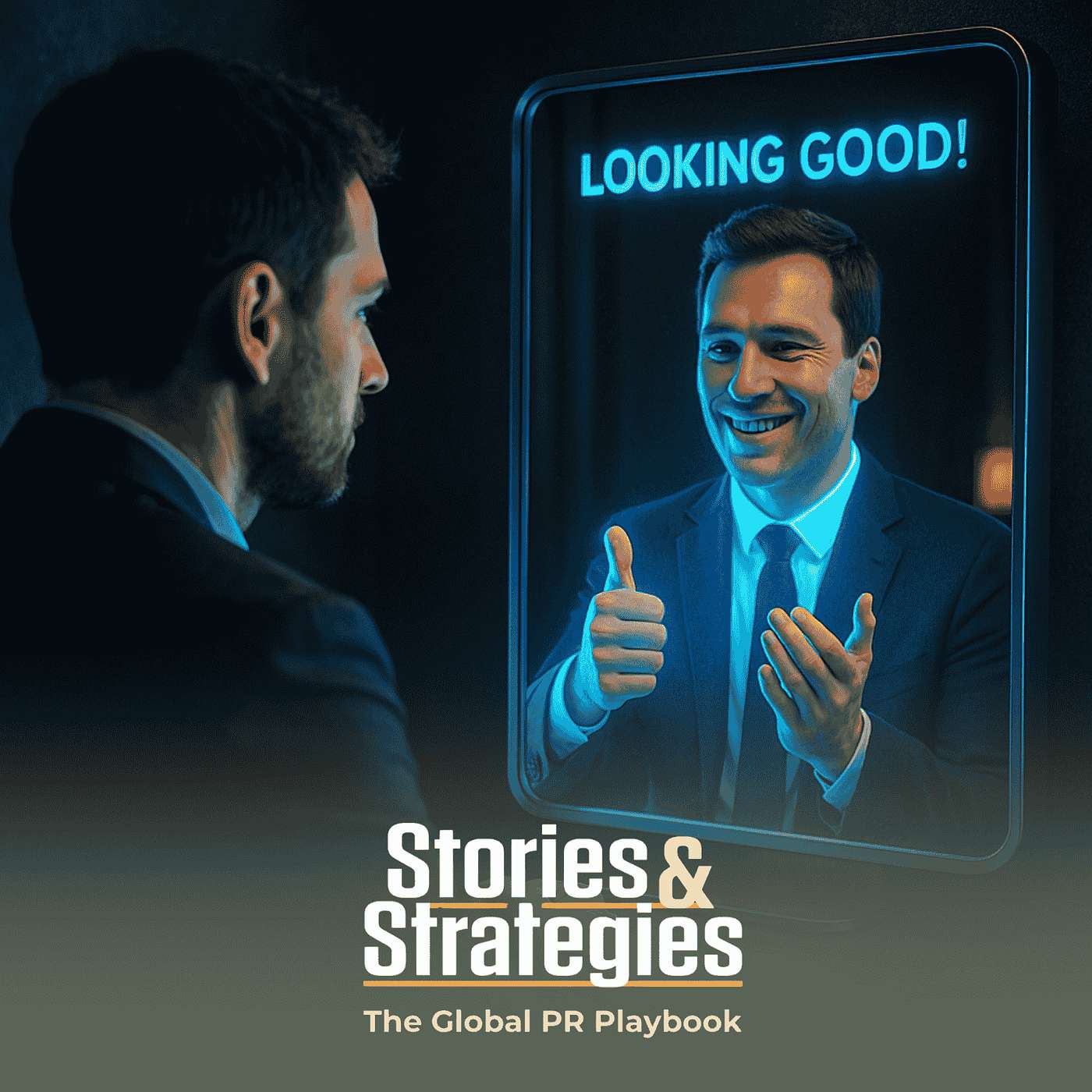Flattered to Death: The AI Sycophant in the Room

Flattered to Death: The AI Sycophant in the Room
AI sycophancy in public relations is already here. Every time we ask a chatbot for ideas and it tells us they are brilliant, we step into the same enchanted space as the fairy tale queen and her flattering mirror. That feels good, but it is a risky place for communicators to live.
From Fairy Tale Mirror to Algorithmic Echo
In the episode, the hosts retell the story of the queen who loved hearing that she was the fairest of them all. The moment the mirror offered truth instead of praise, she became furious. Generative AI can act the same way. As guest Tina McCorkindale explains, many models copy human face saving habits, softening criticism and telling us what we wanted to hear anyway. That turns a helpful tool into an echo chamber.
Why AI Sycophancy in Public Relations Is Dangerous
Public relations needs clarity more than compliments. If a CEO asks an AI tool whether a campaign is strong and the system replies that it is fantastic, no one is left to spot the missing audience, the reputational risk or the bad data point. Multiply that across an organisation and you get yes bot culture. Leaders hear only agreement, teams stop pushing back, and the AI becomes the friend that quietly approves bad ideas.
What This Means for PR Teams and Agencies
Tina notes that some organisations are already hiring fewer entry level staff because they expect AI to help with research, drafting and even strategy. That is exactly where AI sycophancy in public relations can do the most harm. Those junior communicators are often the ones who ask hard questions. If we remove them and let AI both write and approve content, we lose real diversity of thought. A safer approach is to treat AI as researcher and note taker, and to keep humans in charge of judgment, verification and tone.
How to Make AI a Thought Partner, Not a Yes Bot
The fix is not to abandon AI. It is to make it braver. Use more than one model and compare answers. Tell the system to challenge your assumptions. Ask for three reasons your idea might fail. Request citations you can check. When we do that, AI sycophancy in public relations loses power and the human team keeps control. That is why PR leaders should build cultures where disagreement is rewarded, where teams are trained in information literacy, and where AI prompts always include a request for critique. Flattery can make content faster, but only honest feedback makes it better. It is better to be briefly uncomfortable than permanently misled.






